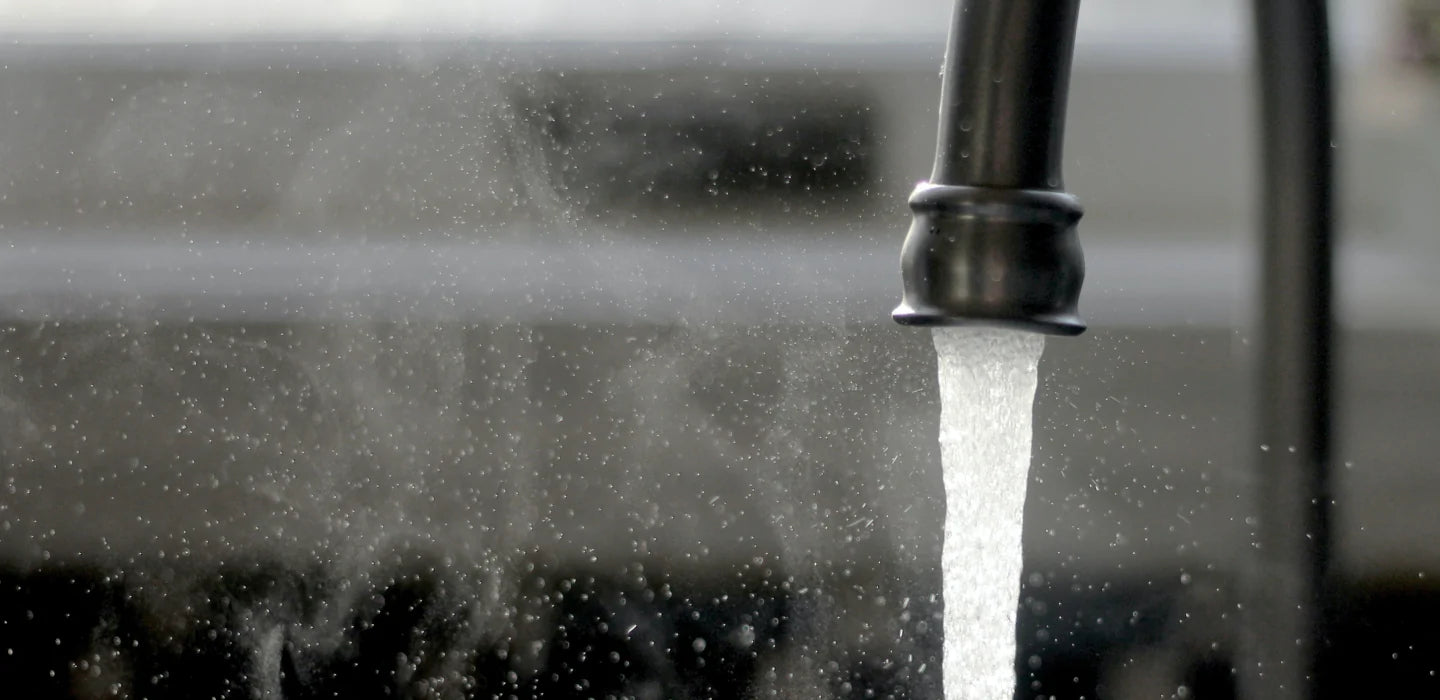Let’s make all the water in our building bottled quality!
It seems at first a worthy goal. But in reality, there are some limitations to consider.
Municipalities use chlorine not only for pathogen control but also to assure a disinfection residual in potable water.
Water that is “bottled quality” must, of course, be free of chlorine and chlorine byproducts. People aren't in the market for bottled water with chlorine taste, odor, or byproducts.
Chlorine and disinfection byproducts (Trihalomethanes) are part of the spectrum of water quality factors resolved by activated carbon media.
Homeowners may choose to remove chlorine at the main of their own private property. It’s their building, and for their own use. But owners of multi-residential or public buildings should think carefully before they modify the municipally applied disinfection agent at the main. Such an action can profoundly impact the general public or those who rent or own property within the building and rely on common risers for water. Altering the disinfection residual of a public water supply arguably should only be done by a certified water treatment plant.
We asked the New York City Department of Health for their opinion. Below is the entire text of their reply:
NYS regulations require that there be a measurable chlorine residual in a public water system. “Recommended Standards for Water Works”, aka 10 State Standards, states that there should be a chlorine residual of 0.2 mg/l in a public water system’s distribution system water.
While there is no regulation that prohibits the removal of chlorine from water after it passes through the ‘curb stop’, I would discourage such removal. As you know the residual disinfectant provided by the public water system, in the case of NYC this is the Department of Environmental Protection, is an integral component in the control of bacteria and other harmful organisms in the building’s water system. Removal of such disinfectant can result in illness for building residents.
If chlorine is a concern for residents, I might recommend point of use carbon filters that would allow the chlorine to remain in the building’s plumbing until it is needed for consumption.
Christopher G. Crawford MUP, Ph.D.
Lead Science and Policy Advisor, Office of Building Water Systems Oversight
Bureau of Environmental Science and Engineering
NYC Department of Health and Mental Hygiene
25-01 Jackson Avenue, 14th Floor, LIC, New York 11101
Consistent with the above comments from DOH, we advocate a two-stage approach as the safest and most effective way to assure bottled-quality water via filtration to occupants of a building:
- Fine particle filtration at the main (point-of-entry),
- Downstream full-spectrum filtration at any dispensing outlet -- the kitchen sink, water cooler, etc.
The key is to provide comprehensive, bottled-quality filtration at the point water is consumed, not more than a few seconds in advance.
Point-of-entry screen filtration removes particles only. Even ultrafiltration does not affect chlorine levels.
The above two-stage approach is also consistent with guidelines provided by the International Well Building Institute (IWBI) for owners building to WELL standards, and the US Green Building Council’s credit CIR CSv2.0 IDc1.
If the goal is to provide chlorine-THM-free water for showers, that's also achievable. Per the above principles, the solution requires individual filtration units that draw from building risers' hot and cold water lines to supply filtered water just before it is dispensed.

Share:
The XL7000 in every apartment
NYC tap water before / after XL7000 filtration